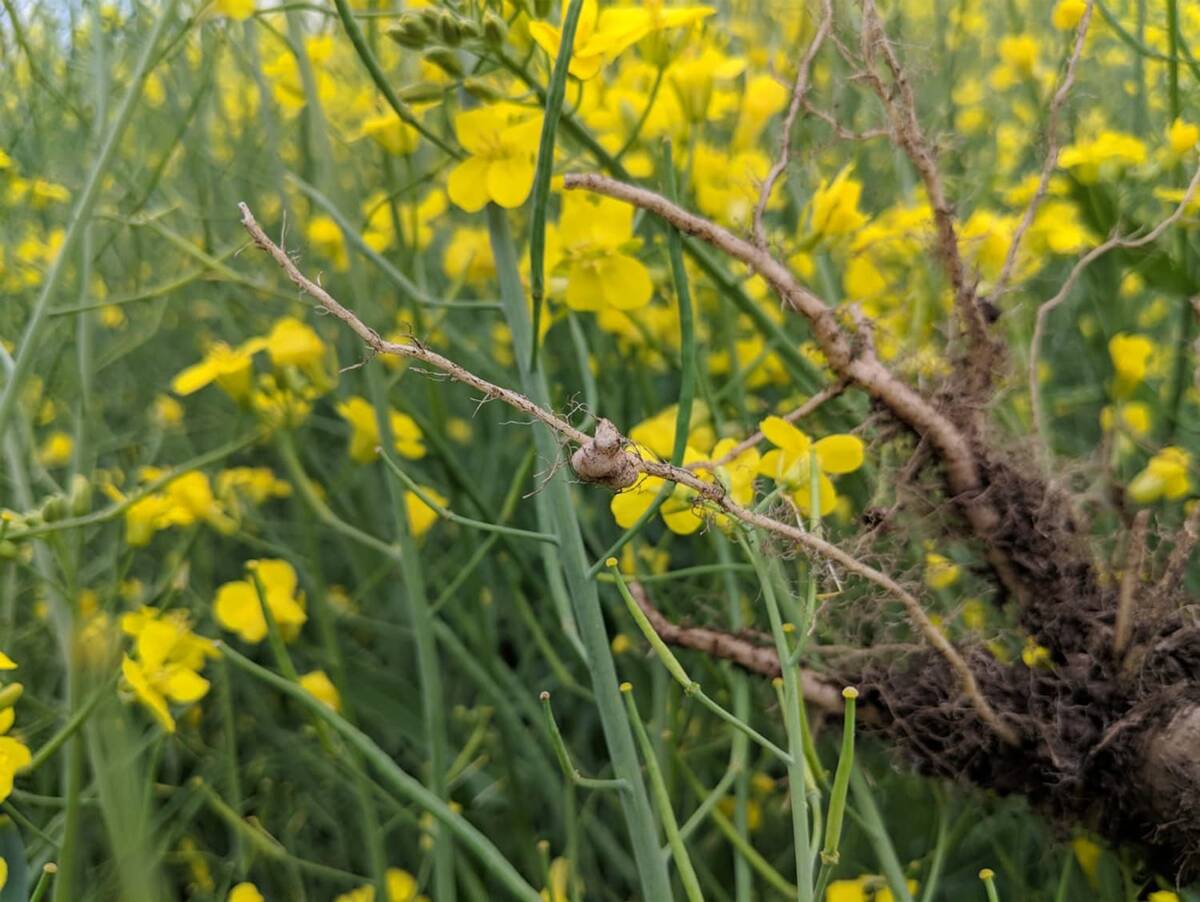One of Canada’s main pulse export competitors says the two countries
are starting to think of each other as partners rather than rivals.
Gavin Gibson, chief executive officer of Pulse Australia Limited, said
Canada and Australia no longer duke it out in overseas markets.
International pulse traders who buy product from a multitude of
exporting regions are competing for those markets, not representatives
of individual countries.
“Which is why Pulse Australia and Pulse Canada are working very, very
Read Also

Going beyond “Resistant” on crop seed labels
Variety resistance is getting more specific on crop disease pathogens, but that information must be conveyed in a way that actually helps producers make rotation decisions.
closely together on a whole range of issues, because although we are
competitors, we see ourselves more and more growing as partners,”
Gibson said.
One of the main issues the two countries are co-operating on, in
conjunction with a few other exporting nations, is developing a set of
international pulse quality standards.
But Canada and Australia are also sharing research and conducting joint
market development trade missions around the world in an attempt to
create a bigger pulse pie.
“Once we’ve got the new market, then we’ll compete for market share.”
He made the comments in an interview after delivering a speech to the
1,550 farmers who attended Pulse Days 2002 in Saskatoon.
During his presentation, Gibson said Australian producers are moving
away from pulses grown for feed and embracing human consumption crops
grown for the export market.
“A steady sustained growth in the exports of pulses for human
consumption from Australia into the future is expected as demand
continues to increase in the major consuming countries and production
in those countries plateaus or declines.”
This year, the country is well positioned to take advantage of that
burgeoning demand.
Production estimates for the 2001-02 Australian crop now being
harvested are bullish. Gibson expects 236,000 tonnes of lentils,
330,000 tonnes of peas and 237,000 tonnes of chickpeas.
“This most recent season has seen what promises to be a record year for
yields in almost all pulse crops, despite unexpected frosts and rain
during harvest in eastern states.”
Lentil production is up a projected 44 percent from last year due to
“superb growing conditions” in southern Australia. This year’s numbers
are abnormally large, but there is a general trend for growth in lentil
acreage, Gibson said. The country mainly produces red lentils that are
split and exported.
The chickpea harvest is forecast to come in 58 percent higher than last
year’s crop, which was devastated by a flood that swept away nearly
80,000 tonnes of chickpeas in the eastern state of New South Wales.
Field peas are the only pulse crop where production fell, dropping from
401,000 tonnes last year to an anticipated 330,000 tonnes this year.
Poor prices drove seeded acreage down 18 percent to 642,000 acres.
“It just isn’t viable for farmers to grow them,” Gibson said.
“So farmers, where they can, are diversifying into crops that they see
as having growth (potential) in the world market, like red lentils.”
Production of the other major crop destined for the protein market is
also projected to slump. Farmers are expected to harvest a little more
than one million tonnes of lupins, down from the long-term average of
about 1.4 million tonnes.
















